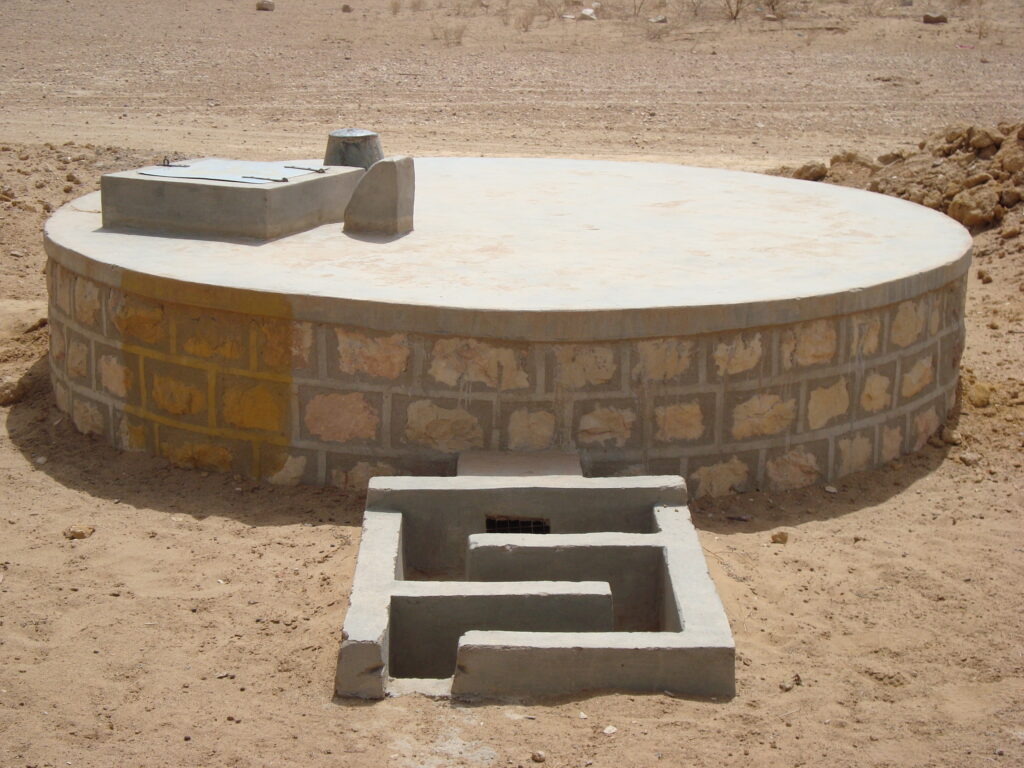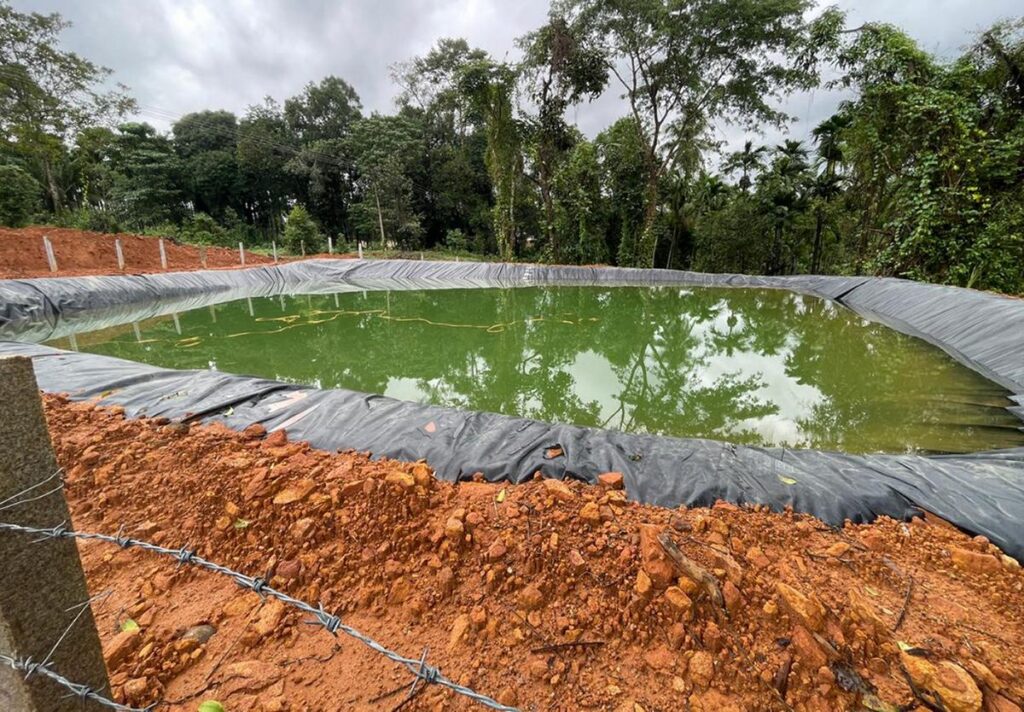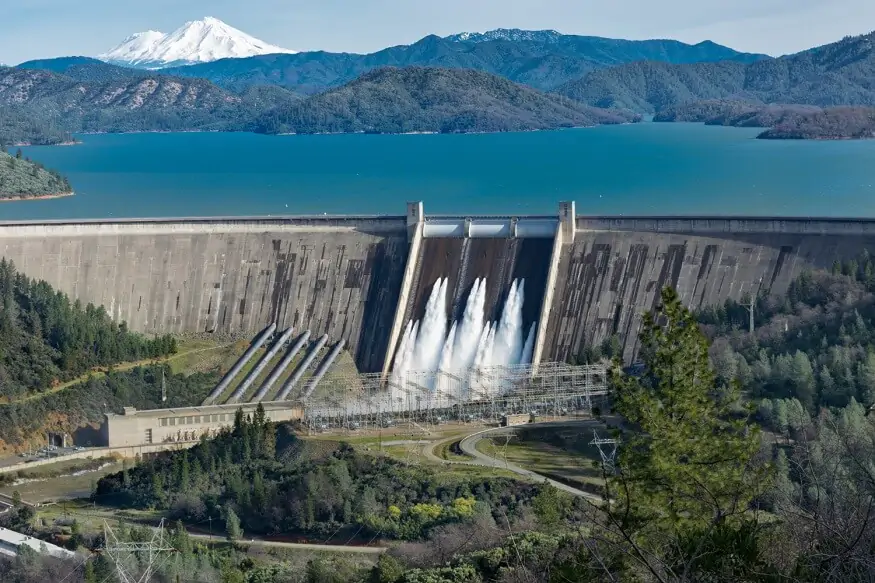
Introduction:
In India, where water scarcity is a pressing issue affecting millions, the choice between groundwater and surface water storage methods plays a crucial role in ensuring water security and sustainability. Each method has its own benefits and drawbacks, influenced by factors such as availability, quality, environmental impact, and infrastructure requirements.
Groundwater Storage:
Benefits:
- Reliability: Groundwater is a reliable source of water as it is less susceptible to seasonal fluctuations compared to surface water sources like rivers or lakes, which can dry up during droughts.
- Accessibility: Groundwater is often accessible locally, reducing the need for extensive distribution infrastructure and associated costs.
- Quality Control: Groundwater is generally less prone to contamination from surface pollutants compared to surface water, making it suitable for drinking and agricultural purposes with minimal treatment.
Drawbacks:
- Depletion Risk: Over-extraction of groundwater, especially through unregulated pumping, can lead to depletion of aquifers, resulting in long-term sustainability challenges and land subsidence.
- Quality Issues: Groundwater quality can vary significantly depending on geological conditions, with risks of contamination from industrial runoff, agricultural chemicals, and naturally occurring minerals.
- Energy Intensive: Extracting groundwater often requires energy-intensive methods such as tube wells and pumps, contributing to operational costs and environmental impacts.

Surface Water Storage:
Benefits:
- Large Storage Capacities: Surface water reservoirs, such as dams and lakes, offer large storage capacities, crucial for managing water supply during dry periods and for hydropower generation.
- Regulation of Water Flow: Surface water storage systems can regulate the flow of rivers and streams, providing controlled releases that benefit downstream users for agriculture, industry, and urban supply.
- Environmental Benefits: Well-designed reservoirs can support biodiversity, recreational activities, and flood control measures, enhancing overall ecosystem services.
Drawbacks:
- Siltation: Reservoirs are susceptible to siltation, where sediment carried by rivers accumulates over time, reducing storage capacity and affecting water quality.
- Displacement: Large-scale reservoir projects can lead to displacement of communities and disruption of livelihoods, raising social and environmental concerns.
- Climate Vulnerability: Surface water storage systems are vulnerable to climate variability and change, including prolonged droughts or extreme rainfall events that can impact water availability and reservoir operations.

Comparison and Considerations:
1. Sustainability: Groundwater sustainability depends on proper management practices, including recharge methods and regulation of extraction rates. Surface water sustainability requires balancing storage with environmental and social impacts.
2. Cost and Infrastructure: Groundwater storage is often decentralized and requires less infrastructure for distribution but may incur higher energy costs for pumping. Surface water storage involves substantial upfront costs for construction and maintenance of dams and reservoirs.
3. Water Quality: Groundwater generally requires less treatment for potable use but is susceptible to localized contamination. Surface water quality can vary due to pollution and sedimentation, requiring extensive treatment for drinking purposes.
4. Environmental Impact: Both groundwater and surface water storage methods have environmental impacts, including habitat disruption, altered river flows, and potential groundwater contamination.
Conclusion:
Choosing between groundwater and surface water storage methods in India involves weighing technical, economic, environmental, and social factors. While both methods are essential for water security, sustainable management practices are crucial to mitigate negative impacts on ecosystems and communities. Integrated water resource management that considers local conditions and stakeholders’ needs is essential to ensure equitable and sustainable water access for current and future generations in India. By understanding the benefits and drawbacks of each method, policymakers, water managers, and communities can make informed decisions to optimize water storage and management practices across the country.


